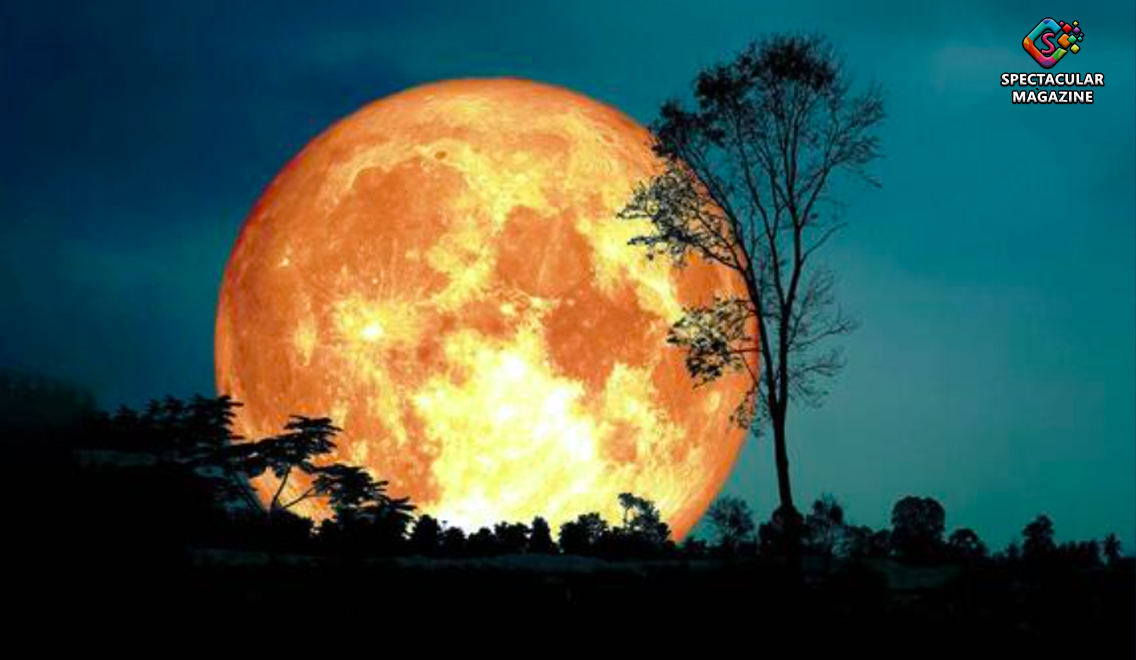Celestial Trifecta: The Harvest Moon, Supermoon, And Partial Lunar Eclipse On Sept. 17
Ever so often, the universe gifts us with a night sky show that’s nothing short of spectacular—and this year, on September 17, the Harvest Moon will set the stage. We’re in for a triple celestial wonder: a bright Harvest Moon, a partial lunar eclipse, and an extraordinary supermoon.
As the full Harvest Moon lights up the sky, Earth will briefly pass between the Sun and Moon, causing a partial lunar eclipse that casts a soft shadow across the lunar surface. Adding to the magic, this full moon will also be a supermoon, appearing more prominent and more luminous as it reaches the closest point to Earth in its orbit.
This rare lunar alignment is celebrated worldwide, sparking festivals, storytelling under the stars, and a touch of science to deepen our understanding of these awe-inspiring natural phenomena.
Harvest Moon And A Partial Lunar Eclipse
An eclipse occurs when the Moon passes into Earth’s shadow, blocking sunlight from reaching its surface. The upcoming partial lunar eclipse, starting at 8:41 PM EDT, promises a captivating experience for skywatchers.
The real highlight begins at 10:13 PM, when the Moon enters the Earth’s full shadow, dramatically changing its appearance. Although only 8% of the Moon will be covered, the sight will be breathtaking as the Moon takes on a rich, deep, orangish hue.
This stunning display will continue until 12:47 AM on Wednesday, September 18, offering a prime viewing opportunity for stargazers and astronomy lovers to come together and appreciate the wonders of the night sky.
This Harvest Moon Is A Supermoon
This full moon is also a supermoon alongside the captivating partial lunar eclipse. The term ‘supermoon,’ coined in 1979, refers to a new or full moon when the Moon is within 90% of its closest approach to Earth. While new supermoons aren’t visible to the naked eye, full supermoons never fail to amaze with their brilliant display.
This September supermoon is particularly noteworthy as it’s the second of the year following August’s. It also ties in with the upcoming October moon as the closest, largest, and brightest of 2024. As the Moon ascends, its striking size and brightness will be unmissable, casting a radiant glow sure to mesmerize stargazers and moon enthusiasts alike.”
“Harvest” Is One Of Many Names
This full moon is known by many names, each rooted in cultural traditions and seasonal significance. Most commonly referred to as the Harvest Moon, it’s the closest full moon to the autumnal equinox. For centuries, it served as a helpful guide for farmers, illuminating the night and allowing them to harvest crops late into the evening.
The Harvest Moon is unique because it rises just 10 to 20 minutes later each night, offering several evenings of extended twilight—ideal for farming.
The Algonquin people of the northeastern U.S. called this the Corn Moon, signaling the time to harvest key crops. In Europe, it was known as the Fruit Moon or Barley Moon, marking fruit ripening or barley harvest.
Look Up, Admire, Be Thankful
No matter where you are—stargazing, joining a festival, or simply admiring the night sky—remember that countless others worldwide are doing the same. This full moon lights up our lives and reminds us that, despite our differences, we all share the same sky.
So, slip into your favorite stargazing outfit, gather your loved ones, and take a moment to look up at the Moon. Marvel at the dazzling supermoon, reflect on the fascinating mechanics behind the partial lunar eclipse, and perhaps take a moment to appreciate our shared humanity beneath the same radiant sky.
Happy Moon-gazing!


